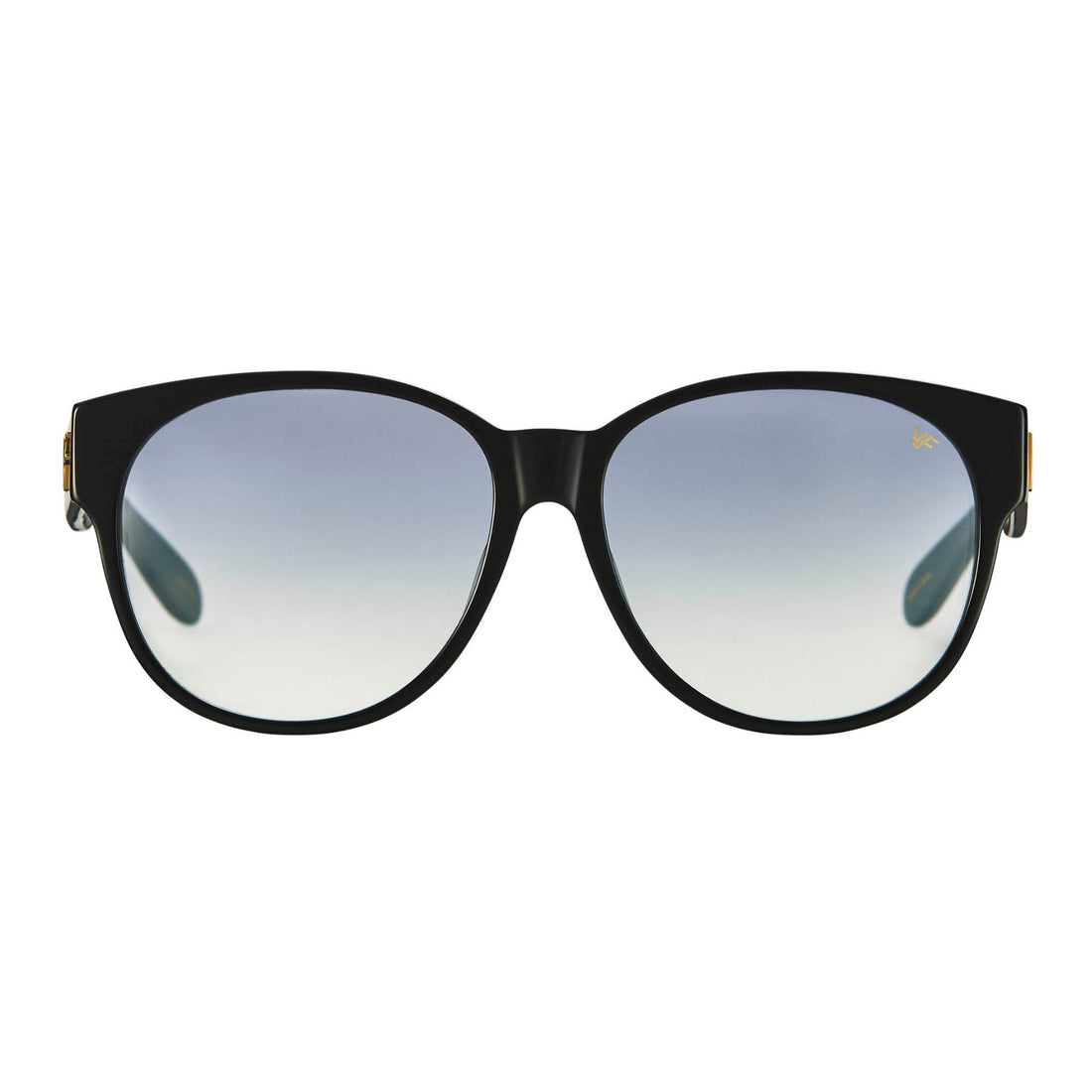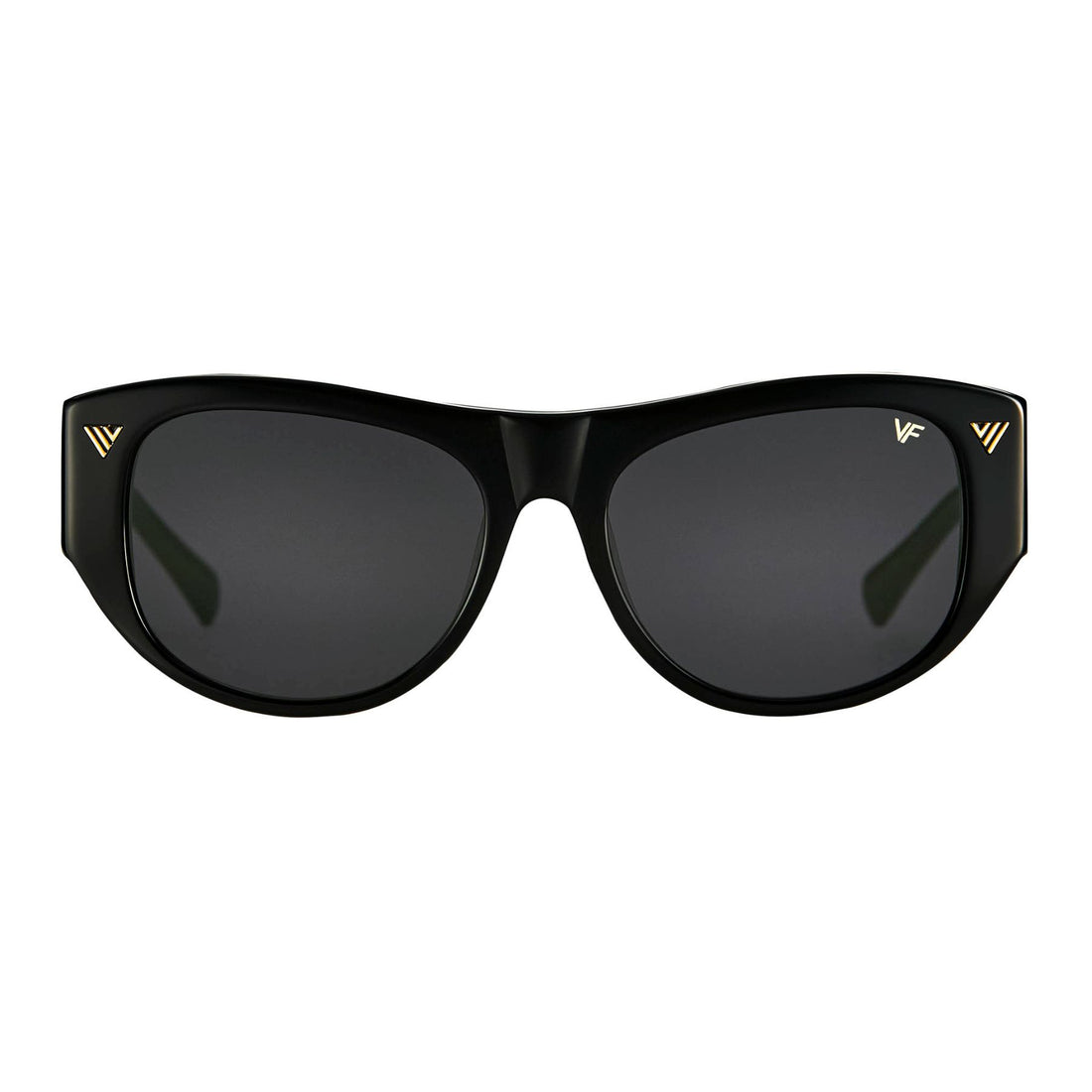 XXL was a huge accomplishment to me. I have always been a huge fan and to have them ask me to be in their magazine was dope! They recently posted and extended version of their article they did on me and The Vintage Frames Company in the magazine! Check out the outtakes after the jump!
XXL was a huge accomplishment to me. I have always been a huge fan and to have them ask me to be in their magazine was dope! They recently posted and extended version of their article they did on me and The Vintage Frames Company in the magazine! Check out the outtakes after the jump!
Big Biz: Corey Shapiro [Outtakes]
Check out outtakes with Corey Shapiro on his Vintage Frames [Sunglasses] Company from the Dec ’11/Jan ’12 issue
When Rick Ross, Nas and Wiz Khalifa grace magazine covers or walk red carpets, often they’re rocking sunglasses designed by Corey Shapiro. The Montreal native oversees one of the most popular vintage eyewear operations in the game. But a custom-frames company wasn’t his original plan: Shaprio, 29, launched the boutique service in 2007 after his first endeavor, a vintage sneaker store went belly up. Unfazed, the LaSalle College marketing grad changed gears from kicks to Cazals. Armed with both contacts made from his sneaker days and his grandfather’s old sunglasses collection, Shapiro started Vintage Frames Company out of an apartment. Now with a staff of 12 and a client list that includes Pharrell Williams and Redman, one could say he’s doing eyeight for himself.
Shapiro chopped it up with XXL for the December/January 2012 issue to discuss how he got in the game of making fancy shades and to explain how his biz works. Here, are outtakes from the original interview and more.—Mariel Concepcion
You’ve gone from sneaker collector to vintage sunglasses creator. How did that transition take place?
I guess since I [was] a young young kid I’ve been a sneaker and fashion collector. [I] have a fashion history background by schooling. [I] opened a vintage sneaker store in Montreal about 10 years ago, which was a miserable fail. Looking at original Bo Jackson air trainer and telling me, “I don’t know if you know, but you’re selling old sneakers.” It was ahead of it’s time in Montreal, and actually anywhere. Throughout sneaker collecting, [I] met many artists around the world. Prior to the Internet, before Nike decided to hoard sneaker collectors, you had to have friends.
Knowing that the shoe store was a “miserable fail” as you put it, what happened next?
Built [around a] network of fashion men, it became less and less proud to call yourself a sneaker collector. To differentiate myself from the mass market hype beast that thought it was cool to collect, [I] started trying to pair up a pair of vintage eye wear frames, with each of my sneakers. There was no one that couldn’t come through, opening each box of sneakers, and getting a pair of glasses to uniquely match each sneaker.
How long ago did the change from sneakers to sunglasses go down?
[I] started six years ago. I stopped everything I was doing and threw myself into the eye wear thing. Since then, [I've] stocked a mass of a quarter million frames, whether they be clear lenses or sun lenses. What started out [as] us renting a 400-square -foot apartment for business purposes, [is] now in a 1000-square-foot.
You said you’ve been a shoe and fashion collector since you were a kid, and you’ve turned that “hobby” into a career. What did you wind up taking in school?
Went to school for fashion marketing at LaSalle College in Montreal. Basically, fashion marketing was kinda like, I mean, to my surprise, [the] lazy kid-rich version of marketing. Most of the people didn’t know what marketing was. All teachers were failed professionals. Nothing was valuable info other than fashion history class. Fashion teacher gives lesson, [then says], “Now Corey you get up and tell us what is happening in more street culture. And I’d say, “No. I’m paying you to go to this to school. Fuck off. What should I teach you for?”
You made sure you got what you paid for, huh?
[I] started talkin’ bad about them in media for the school. [It] got so bad, and my business got so public that my school offered to give me my diploma in exchange for me to stop talking about them in public. [We] began our arrogant fashion history domination.
So after slandering your school publicly and undergoing a failed sneaker shop, what gave you the idea to merge eye wear with footwear?
It really came from me actually taking a pair of glasses from grandfather, Cazelles, being gold, me wanting to wear it with gold sneakers, not silver sneakers. [I] wanted to wear silver sneakers. Went to find the silver, then found a pair of Carreras that match these [Nike] Airmax 90 Infrared, [and] spiraled into this whole game with myself to be able to do this. While kids, were going to buy Nike Dunks that companies were making matching tees for. How fucking easy. To me matching glasses was ahead of the curb.
Was it at that moment that you knew you had to do it? Capitalize on your passion?
It became evident that it was possible when [I realized] nobody was doing it. Nobody was selling vintage eye wear at the time. People were starting to offer me money for glasses I was wearing having, [and had] no idea what they were. I had put a price tag on one of the glasses [I was wearing], and sold it right off my face at a club. At that point it became evident I had something going on.
It was a no-brainer at that point.
The interesting void in [the] optical industry is that glasses companies — until the past two or three years — never realized glasses were gonna be cool or wearable again, so nobody documented the optical industry in a fashion way. No one really became a fashion historian in eye wear. [Some] become a medical historian; find the evolution of glasses from the technical and medical standpoint. But not documentation of fashion houses that produce these glasses. Even if we failed, we were definitely able to write books about it and become historians in [the field].
Who became your first big client?
I think my first big name artist that I was very familiar with was probably Redman, actually. Not that he was a large client, but he was probably one of the first major rap artists. That was about six years ago. My first client that was a major artist was Ryan Leslie. Ryan was dating Cassie at the time, and him and Cassie came to meet me at this show we were doing and they went crazy for this stuff. Those were my first major artists that got into it. It steamrolled amongst the community. Not only were our products were different, but our knowledge and passion is different. We’d give them history; they would understand why we chose for them, historical relevance, where [they were] made, what happened to [the] company. Complete history. They understand what it is they should be wearing, and where they are trying to go with whole style.
For more information on Shapiro’s work with Sennheiser visit heariam.com or to purchase a pair of Vintage Frames, please visit vintageframescompany.com.









